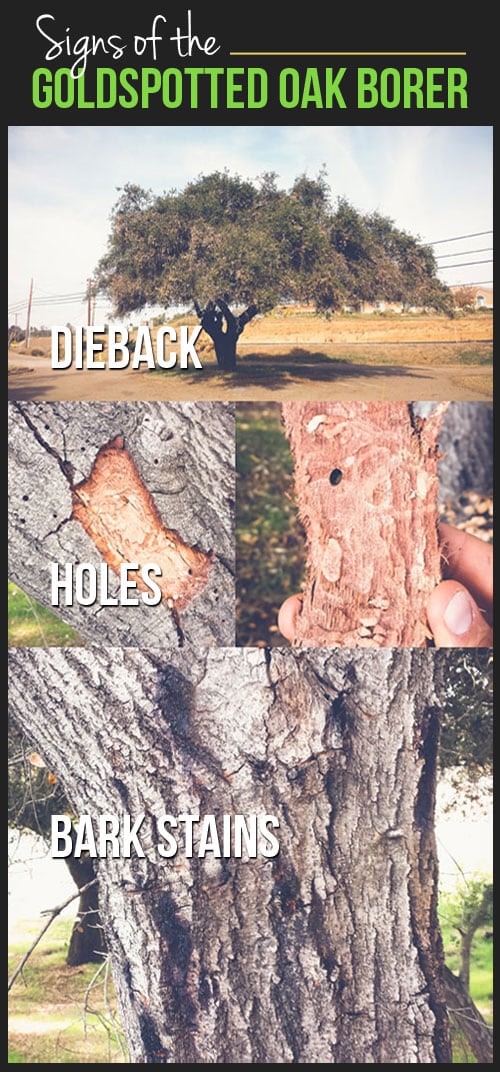The Effects Of Getting Rid Of Trees On The Community: What You Need To Understand
The Effects Of Getting Rid Of Trees On The Community: What You Need To Understand
Blog Article
Team Writer-Kryger Lyon
When it pertains to the environmental influence of tree removal, there are vital elements that demand your attention. From the complex web of connections within communities to the succeeding results on climate patterns, the effects are extensive. You could be surprised to uncover the complex ways in which the removal of trees can resound throughout the setting. Stay tuned to decipher the detailed links and effects of this seemingly straightforward act.
Logging and Environment Loss
Logging and habitat loss are vital problems originating from tree removal. When trees are reduced, it interferes with entire ecological communities. Not only are the trees themselves lost, yet the homes and food sources of numerous plant and pet species are damaged also. Birds shed their nesting websites, mammals lose their shelter, and insects lose their environments. The results ripple with the food web, influencing killers and victim alike.
Moreover, logging adds to environment change. Trees play an important role in absorbing carbon dioxide, a greenhouse gas that catches warm in the environment. With fewer trees, there's less carbon dioxide absorption, resulting in boosted levels of this gas in the ambience and exacerbating global warming.
Precisiontimberfelling
Habitat loss is a straight outcome of deforestation, as the damage of forests means the loss of one-of-a-kind and diverse ecosystems. Numerous species are not able to adjust to quick adjustments in their setting, causing population decreases and, in many cases, extinction.
Protecting woodlands is essential to keeping the delicate balance of nature and making certain the survival of plenty of plant and animal types.
Influence on Biodiversity
The removal of trees has a substantial impact on biodiversity, affecting the range and wealth of plant and pet species in an area. Trees provide habitat and food sources for many organisms, from insects to birds to animals. When trees are removed, these species lose their homes and sources of nutrition, resulting in a decline in their populaces. This disturbance can have plunging effects on the entire ecological community.
Moreover, trees play a vital function in keeping biodiversity by developing microhabitats within their canopies, trunks, and roots that sustain a vast array of types. When trees are reduced, these specialized settings are damaged, reducing the total diversity of the area.
In addition, the removal of trees can cause a decline in hereditary diversity within plant populaces, as certain tree species might no longer have the ability to reproduce or spread successfully. Securing trees and forests is necessary for maintaining biodiversity and guaranteeing the health and wellness of environments for future generations.
Soil Erosion and Environment Adjustment
With trees being eliminated from an area, the interruption of dirt structure and stability occurs, resulting in enhanced dirt disintegration. Trees play a critical function in preventing erosion by holding dirt in place with their root systems. When trees are removed, specifically in lots, the soil becomes much more vulnerable to disintegration from wind and water. This erosion not only influences the immediate environments however can additionally lead to sedimentation in neighboring water bodies, influencing water top quality and water ecosystems.
Additionally, trees help regulate the environment by soaking up carbon dioxide throughout photosynthesis. When trees are reduced, this all-natural carbon sink is decreased, adding to increased levels of greenhouse gases in the ambience. This can aggravate environment modification, bring about even more severe weather condition occasions and interruptions in ecosystems worldwide.
For that reason, the removal of trees not just speeds up dirt erosion however also plays a role in the larger ecological issue of environment change. use this link to think about these aspects when examining the influences of tree elimination on the setting.
Final thought
Since you recognize the environmental effect of tree elimination, consider the repercussions before cutting down trees. Logging interrupts communities, decreases biodiversity, and adds to dirt erosion and environment modification. By being mindful of the impact of tree elimination, you can help secure our atmosphere and maintain the delicate equilibrium of nature. Make informed choices and take into consideration alternative solutions to lessen the negative effects on our earth.
